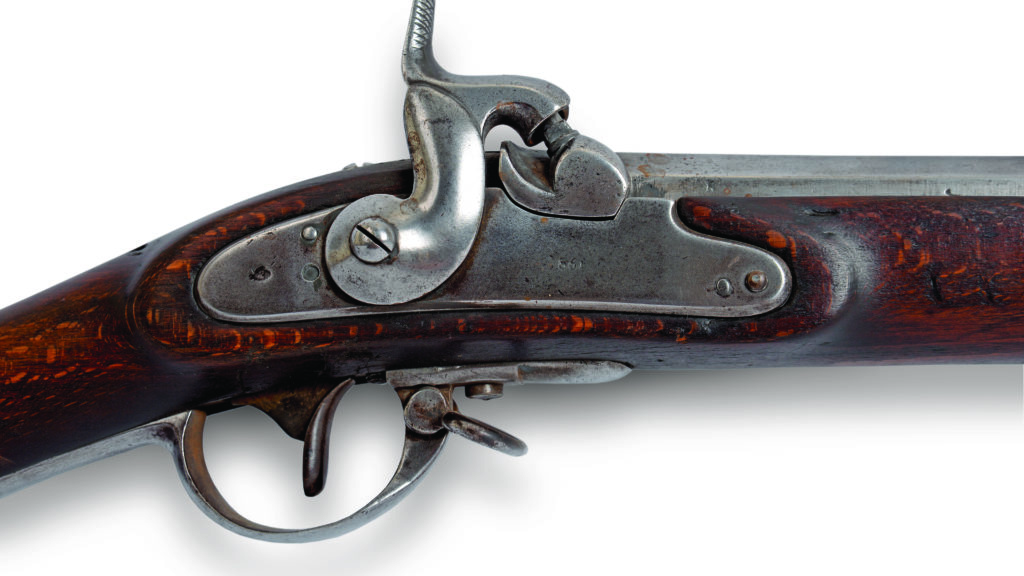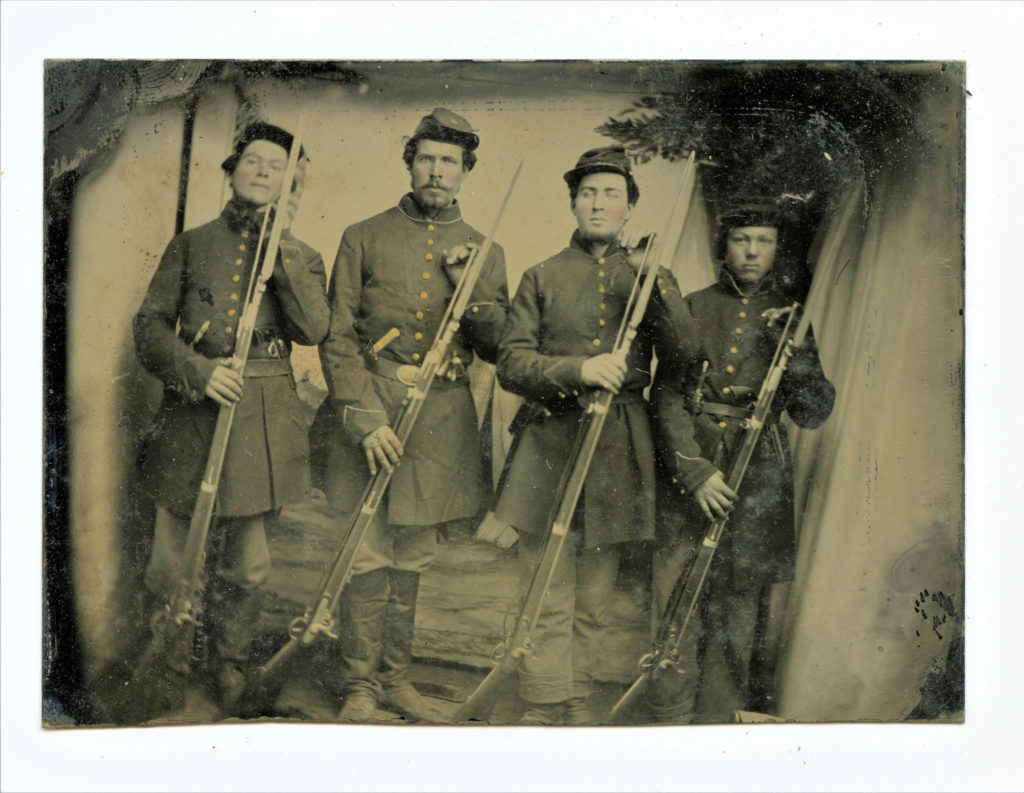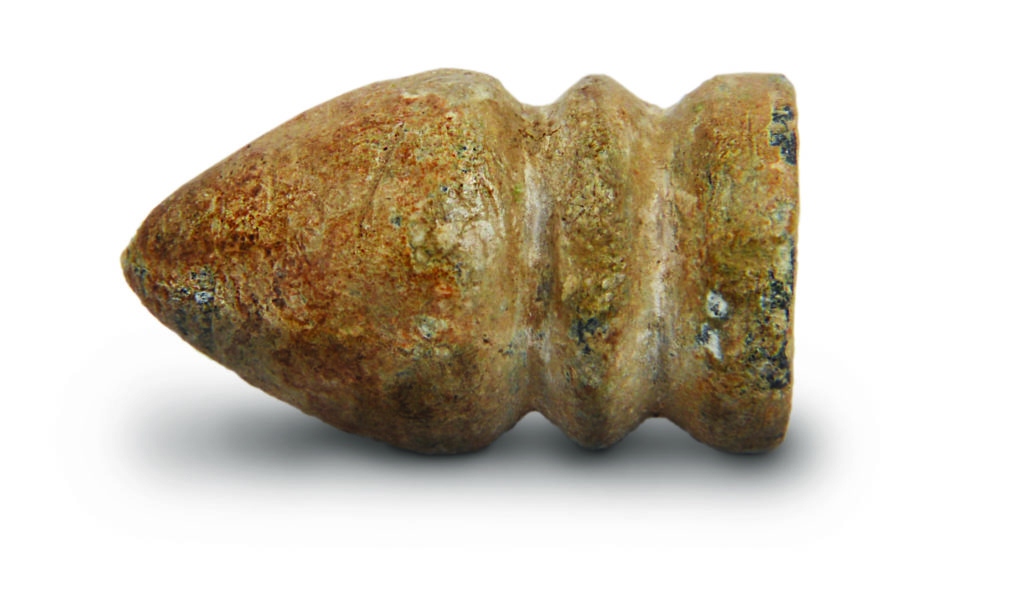The 1854 long gun was the third most widely used rifle in the Civil War.
Private Alfred Bellard of the 5th New Jersey Infantry was in a hot spot during the Second Battle of Bull Run, pinned down by a Confederate whose shots flew unnervingly close. But a friend came to his aid. “My comrade on the left made his Austrian speak, and there was one less in the Confederate Army,” wrote Bellard. The “Austrian” Bellard referred to was the Model 1854 Lorenz rifle-musket, the second-most commonly imported long arm used by both the Union and the Confederacy.

Both armies used imported arms throughout the conflict as they struggled to keep pace with the martial demand of their forces. The Enfield rifle-musket was the most frequently imported weapon, but the Union Army also purchased 226,924 Lorenz models and the Confederate Army as many as 100,000. Most of those were .54-caliber, but some were bored out to larger calibers for the American market.
The guns were abundant, and even some regiments of the famous Iron Brigade carried the Lorenz. Opinions on the weapons were mixed. Bellard liked his lifesaver, and praised them for being “short, light and very easily cleaned.” Leander Stillwell and his comrades in the 61st Illinois “were glad to get the Austrians, and were quite proud of them.” Stillwell thought his Lorenz was a “wicked shooter.”
Major Robert L. Bodine of the 26th Pennsylvania, however, eagerly rearmed his Lorenz-equipped regiment at Gettysburg with muskets they picked up from the field. According to Bodine, his men went into the fight with “the Austrian rifle of an inferior quality, and I desired to exchange them for Springfield rifles; which was done without the red tape processes. Quite a number of them were taken from the Rebels.”
While some Confederate regiments in the Eastern Theater carried the Lorenz, most of them seemed to be used in the Army of Tennessee. By the spring of 1864, more than a third of that force lugged the Austrian import. And at the May 1864 Battle of New Market in the Shenandoah Valley, the Virginia Military Institute Cadets made their famous charge on Maj. Gen. Franz Sigel’s Federal army wielding the Lorenz. – D.B.S.
This Armaments column appeared in the August 2020 issue of Civil War Times.
_____
Badgers Ready for Battle

Members of the Iron Brigade’s 2nd Wisconsin, wearing forage caps instead of their more familiar black dress hats, pose with their Lorenz muskets with bayonets fixed and at the position of “return rammer.” In the North, the Lorenz rifle was used most frequently by Western troops. In the South, the rifles were most often carried by the Army of the Cumberland and the Army of the Tennessee. (Courtesy of Jim Rivest)
Groovy Slug

The Lorenz was originally designed to use an “Austrian” bullet. Unlike the Minié ball, which was created with a hollow base, the slug had a solid flat base and two deep grooves, designed to compress and expand upon firing, forcing the lead fins into the rifling grooves. Bullets of this type, likely used by Southern troops, have been unearthed on a number of battlefields—believed to have been cast in Raleigh, N.C., from molds imported through the blockade. Conventional Minié balls, however, were most commonly issued to soldiers who carried Lorenz rifle-muskets. (Dana B. Shoaf Collection)
Fearsome Foursome
The Lorenz featured an atypical quadrangle bayonet, which was described by Union Private Alfred Bellard as “longer than the U.S. pattern, 4 bladed, and as sharp on the point as a needle.” The socket was cut with a distinctive curving attachment mortise. (Photo by Melissa A. Winn)
—D.B.S.






